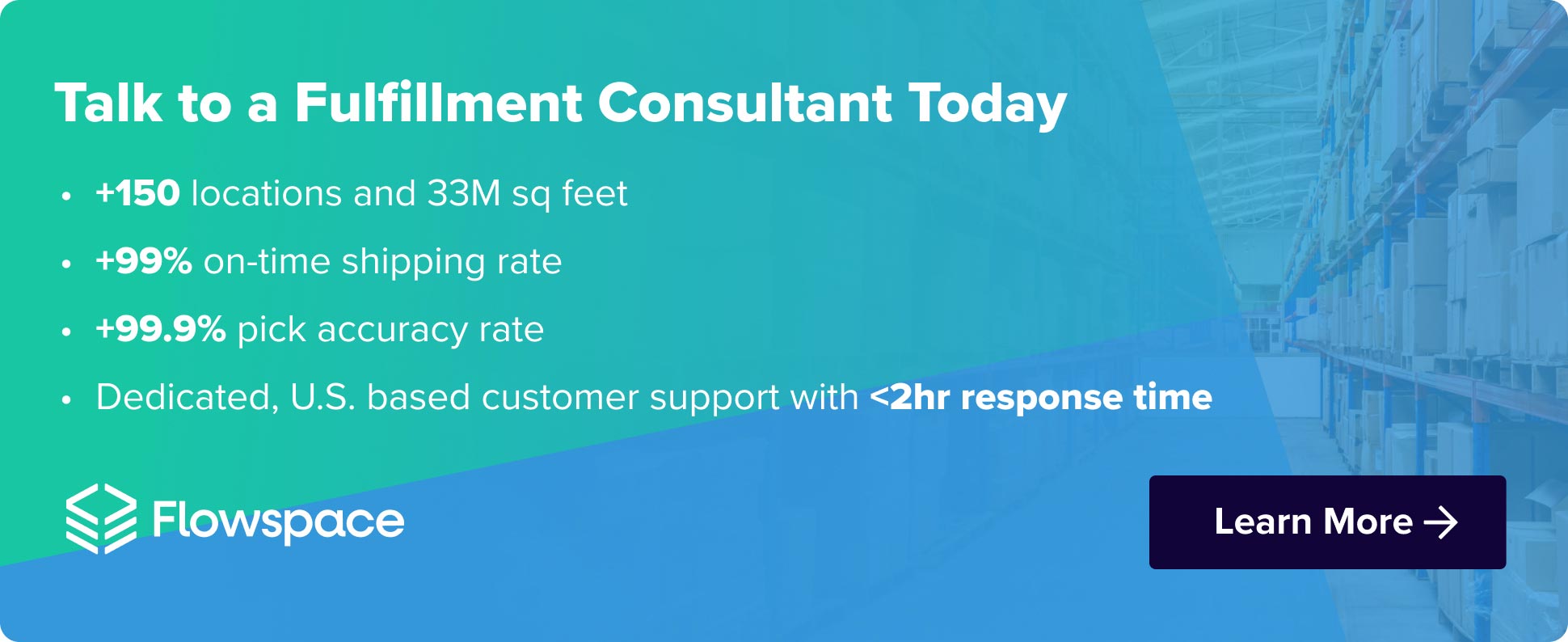
In the fast-paced world of logistics, it’s crucial to keep a finger on the pulse of your operations. Enter Key Performance Indicators (KPIs), the compass that guides your supply chain to success. In this blog post, we’ll explore the importance of KPIs in supply chain management and logistics management, discuss essential logistics KPIs to optimize performance, delve into implementing these KPIs, and uncover how technology can revolutionize their implementation.
Importance of KPIs in Supply Chain Management
KPIs serve as the vital metrics that gauge the health and operational efficiency of your supply chain. They provide valuable insights into various aspects of your logistics operation, helping you identify areas for improvement and make data-driven decisions. Logistics and supply chain KPIs allow you to track performance, measure success, and align your supply chain goals with overall business objectives.
Defining Logistics KPIs
Logistics Key Performance Indicators (KPIs) are measurable metrics used to evaluate and assess the performance and effectiveness of logistics and supply chain operations. These KPIs provide quantifiable data that help organizations track progress, identify areas of improvement, and make informed decisions to optimize their logistics processes.
Logistics KPIs typically focus on various aspects of the supply chain, including transportation, warehousing, inventory management, order fulfillment, and customer service.
Key Logistics KPIs to Monitor for Optimal Performance
Logistics KPIs include metrics that gauge the effectiveness of a brand’s transportation, warehousing, inventory management and customer service. The following are some key logistics KPIs that are useful for all brands, but brands should consider their specific needs and goals when deciding what to track.
On-Time Delivery Rate (OTD)
First impressions matter, and timely deliveries play a vital role in customer satisfaction. The on-time delivery (OTD) rate measures the percentage of orders delivered within the promised timeframe. A high OTD rate indicates efficient logistics operations and boosts customer trust and loyalty.
Order Accuracy Rate
Customers expect their orders to arrive as expected, without errors or missing items. The order accuracy rate tracks the percentage of orders fulfilled correctly. Maintaining a high order accuracy rate helps avoid costly returns, improves customer satisfaction, and strengthens your brand reputation.
Inventory Turnover Ratio
The inventory turnover ratio calculates how quickly your inventory is sold and replenished. A high turnover rate indicates effective inventory control, minimizing carrying costs and reducing the risk of obsolete stock.
Carrying Cost of Inventory
The carrying cost of inventory includes expenses such as storage, insurance, and obsolescence. By optimizing your inventory levels and minimizing carrying costs, you can improve cash flow and profitability.
Warehouse Capacity Utilization
Warehouse capacity utilization measures the percentage of available space being used for storing inventory. Efficient utilization ensures optimal use of resources and avoids unnecessary storage expenses.
Order Cycle Time
Speed is of the essence in ecommerce, especially cross-border ecommerce. The order cycle time tracks the time it takes to process and fulfill customer orders. Reducing the order cycle time enhances customer satisfaction and allows you to meet fast delivery expectations.
Perfect Order Rate
The perfect order rate measures what percentage of orders arrive to the customer on time and without any issues, i.e. wrong items or missing items. A high perfect order rate signifies operational excellence and delighted customers.
Return on Investment (ROI) in Logistics
This KPI measures the financial returns generated from logistics investments and activities. This logistics metric helps you identify opportunities for improvement and make data-driven decisions.
Implementing Logistics KPIs in Your Supply Chain Strategy
Are you ready to supercharge your supply chain strategy? Implementing logistics Key Performance Indicators (KPIs) can be a game-changer for your business.
Setting KPI Targets and Objectives
The first step in implementing logistics KPIs is setting clear targets and objectives. Identify the areas of your supply chain that require improvement or measurement. For example, you might want to track on-time delivery rates or reduce transportation costs. Define specific, measurable, attainable, relevant, and time-bound (SMART) KPIs that align with your business goals. This provides a benchmark to measure performance and progress.
Using KPIs to Drive Continuous Improvement
Logistics KPIs serve as a compass for continuous improvement. Regularly monitor and analyze KPI data to identify trends, patterns, and areas for enhancement. Collaborate with your team to identify root causes and implement corrective actions when KPIs fall below target. KPIs encourage a culture of accountability and foster a proactive approach to problem-solving, leading to optimized supply chain operations over time.
Integrating KPIs into Reporting and Analytics
Leverage technology and data-driven tools to collect, analyze, and present KPI data effectively. Generate regular reports and dashboards that provide insights into KPI performance. This allows stakeholders to make informed decisions and take timely action. Aligning KPI reporting with strategic reviews and performance discussions helps keep your supply chain on track.
Utilizing Technology to Monitor and Improve Logistics KPIs
Technology plays a crucial role in implementing and managing logistics KPIs. Warehouse management systems, transportation management systems, and data analytics tools provide real-time visibility into your supply chain operations. These technologies automate data collection, provide actionable insights, and facilitate informed decision-making.
Warehouse Management Systems (WMS)
A robust WMS enables brands to streamline warehouse operations and improve logistics KPIs such as inventory accuracy, order fulfillment speed, and warehouse capacity utilization. With real-time visibility into inventory levels, optimized picking and packing processes, and automated workflows, brands can enhance efficiency, reduce errors, and meet customer expectations.
Transportation Management Systems (TMS)
A TMS empowers brands to optimize transportation operations and last-mile delivery, reduce costs, and improve on-time delivery performance. By leveraging route optimization, load planning, and carrier management capabilities, brands can minimize transportation expenses, improve shipment visibility, and ensure timely deliveries. Brands should see improvement in their logistics KPIs like on-time delivery rate and transportation cost per unit.
Inventory Management Systems
Efficient product inventory management is critical to ecommerce success. Advanced inventory management systems provide real-time insights into stock levels, demand forecasting, and order replenishment. By optimizing inventory levels, reducing stockouts, and minimizing carrying costs, brands can improve logistics KPIs such as inventory turnover and order cycle time.
Data Analytics and Business Intelligence Tools
Leveraging data analytics and business intelligence tools, brands can gain valuable insights into their operations. Analyzing logistics KPI data allows for proactive decision-making, identifying trends, and implementing continuous improvements. By leveraging actionable insights, brands can optimize processes, reduce bottlenecks, and drive overall performance.
How Flowspace Helps Optimize Supply Chain Performance
As a reliable logistics and fulfillment company who specializes in cross-border delivery, Flowspace empowers brands to streamline operations and logistics processes, improve customer satisfaction, and drive business growth. By leveraging Flowspace’s industry leading technology and expertise, brands can unlock the full potential of their supply chains and stay ahead of the competition.
Advanced Warehouse and Fulfillment Solutions
Flowspace offers state-of-the-art warehouse and order fulfillment solutions that optimize your logistics operations. With a vast network of strategically located warehouses, Flowspace ensures that your inventory is stored and allocated efficiently, enabling faster order fulfillment and reducing shipping costs. Leading-edge software and stringent SLA adherence ensure accurate inventory management, seamless order processing, and improved delivery performance.
Real-time Visibility and Analytics
Flowspace provides real-time visibility and analytics, allowing brands to gain valuable insights into their supply chain. With advanced tracking and monitoring capabilities, you can keep a close eye on your inventory, shipments, and order status. Access to real-time data and analytics empowers you to make informed decisions, identify areas for improvement, and proactively address supply chain bottlenecks, leading to enhanced performance and customer satisfaction, facilitating smooth ecommerce fulfillment.
Scalable and Flexible Ecommerce Logistics Services
Flowspace offers scalable, flexible ecommerce logistics services that adapt to your evolving needs. Whether you experience seasonal spikes in demand or require additional fulfillment capacity, Flowspace has you covered. Our flexible solutions ensure that you have the agility to meet changing market dynamics while maintaining efficiency and cost-effectiveness.
Get in touch today to see how Flowspace’s suite of solutions can help your brand implement and improve logistics KPIs!







